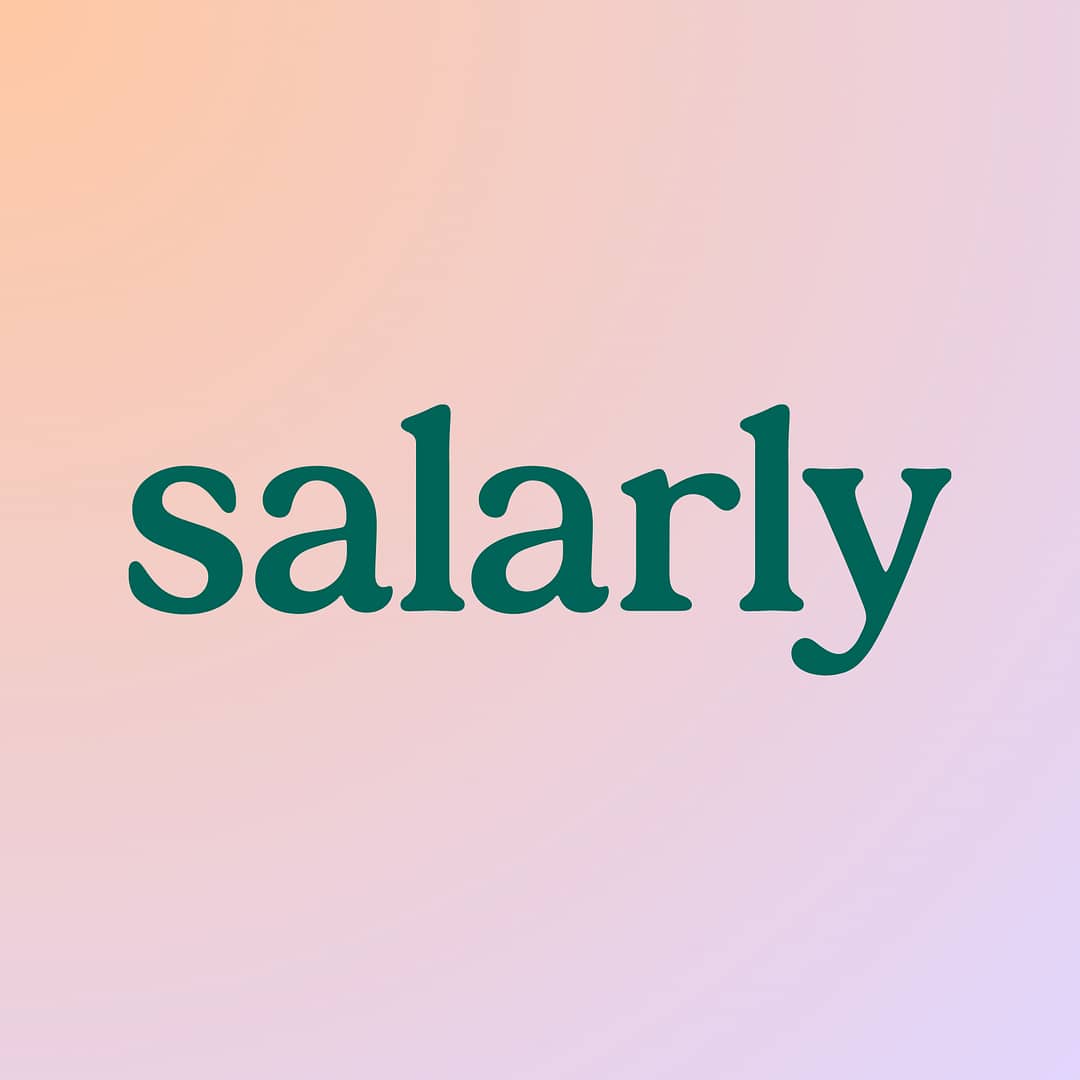Planning for retirement may not feel urgent when you’re focused on day-to-day responsibilities, but small steps now can make a big impact later. Whether you’re a nurse working double shifts or a professional balancing family and finances, knowing how much to contribute, and where to contribute, can bring confidence and control to your future.
In this blog, we break down how to figure out the right contribution amount, explain common employer-sponsored retirement options, and show you how to make the most of what’s available.
Why Retirement Planning Matters
Retirement may seem far away, but the earlier you start planning, the more time your money has to grow. According to the U.S. Department of Labor, saving even a small amount consistently over time can result in a significant nest egg, thanks to the power of compound interest.
Even if you’re dealing with student loans or other financial priorities, contributing something—even 1% of your paycheck—can help you build momentum.
How Much Should I Contribute?
There’s no one-size-fits-all answer, but here are some widely recommended benchmarks:
- Start with at least the match: If your employer offers a match (e.g., 3% of your salary), contribute at least that amount. It’s free money.
- Aim for 10–15% of your income: According to Fidelity Investments, this is the ideal range to work toward over time, including employer contributions.
- Can’t reach that yet? Start smaller and increase over time: Many retirement plans allow you to automatically increase your contribution each year.
Common Employer-Sponsored Retirement Options
Employers often offer one or more of these plans:
401(k)
The most common plan. Contributions are pre-tax, reducing your taxable income now. Your money grows tax-deferred until you withdraw it in retirement.
403(b)
Similar to a 401(k), but offered by nonprofits, schools, and healthcare organizations. Many nurses and educators have access to this retirement plan.
Roth 401(k)
You contribute after-tax dollars, but your withdrawals in retirement are tax-free. This is ideal if you expect to be in a higher tax bracket later.
Traditional or Roth IRA
If your employer doesn’t offer a plan—or you want to supplement your savings—you can open an IRA (Individual Retirement Account) independently. Contribution limits are lower, but these plans still offer tax advantages.
How to Choose Between Roth and Traditional Contributions
- Roth = pay taxes now, withdraw tax-free later
- Traditional = save taxes now, pay taxes later
If you’re early in your career or in a lower tax bracket, a Roth might make more sense. If you’re earning more now and want immediate tax relief, traditional contributions could be better. NerdWallet breaks this comparison down in detail.
How to Stay on Track with Retirement Planning
- Automate contributions: Set it and forget it with automatic payroll deductions.
- Use your employer’s retirement calculator or online tools: Many plan providers offer projections to help you visualize how your savings will grow.
- Review contributions annually: Life changes—your retirement plan should too.
- Ask about a financial advisor: Some plans offer access to an advisor at no extra cost.

How Salarly Can Help Your Retirement Planning
If high-interest debt is getting in the way of your retirement contributions, a fair payroll-linked loan through Salarly could help. By consolidating or restructuring debt with a repayment schedule aligned to your paycheck, you can free up room to save without losing financial stability. Retirement planning becomes a lot easier when your finances feel manageable. Salarly offers fair loans that can be used to support you in your financial journey – so that financial barriers don’t get in the way of your long-term goals, like gaining security, peace of mind, and a future you can look forward to.
Whether you’re contributing 1% or 15%, the most important step is to start. Retirement planning isn’t just for the future—it’s a way to feel more in control today. Your employer’s retirement options are there to help you, and with a few smart decisions, you can set yourself up for long-term success.
FAQs: Retirement Planning and Salarly
How much should I save for retirement if I’m just starting out?
Start with what you can. Even 1% or 2% of your paycheck makes a difference, especially if your employer offers a match. If finances are an issue, look for simple, fast, trustworthy and online solutions at Salarly.
What’s the difference between a 401(k) and a Roth 401(k)?
A 401(k) uses pre-tax income and is taxed when you withdraw. A Roth 401(k) uses after-tax income and withdrawals are tax-free.
Can I have a 401(k) and an IRA?
Yes! You can contribute to both, though income limits apply for tax-deductible IRA contributions if you also have a 401(k).
What if I need to pause my contributions?
That’s okay—just don’t stop forever. Resume as soon as you can and consider gradually increasing over time. Leverage tools, such as Salarly’s payroll linked loans, to help you get back on track with your financial wellness journey.
Does Salarly offer retirement planning tools?
Salarly doesn’t manage retirement plans, but our transparent payroll-linked loans can help free up income for savings by offering streamlined financial support that keeps your finances steady!











